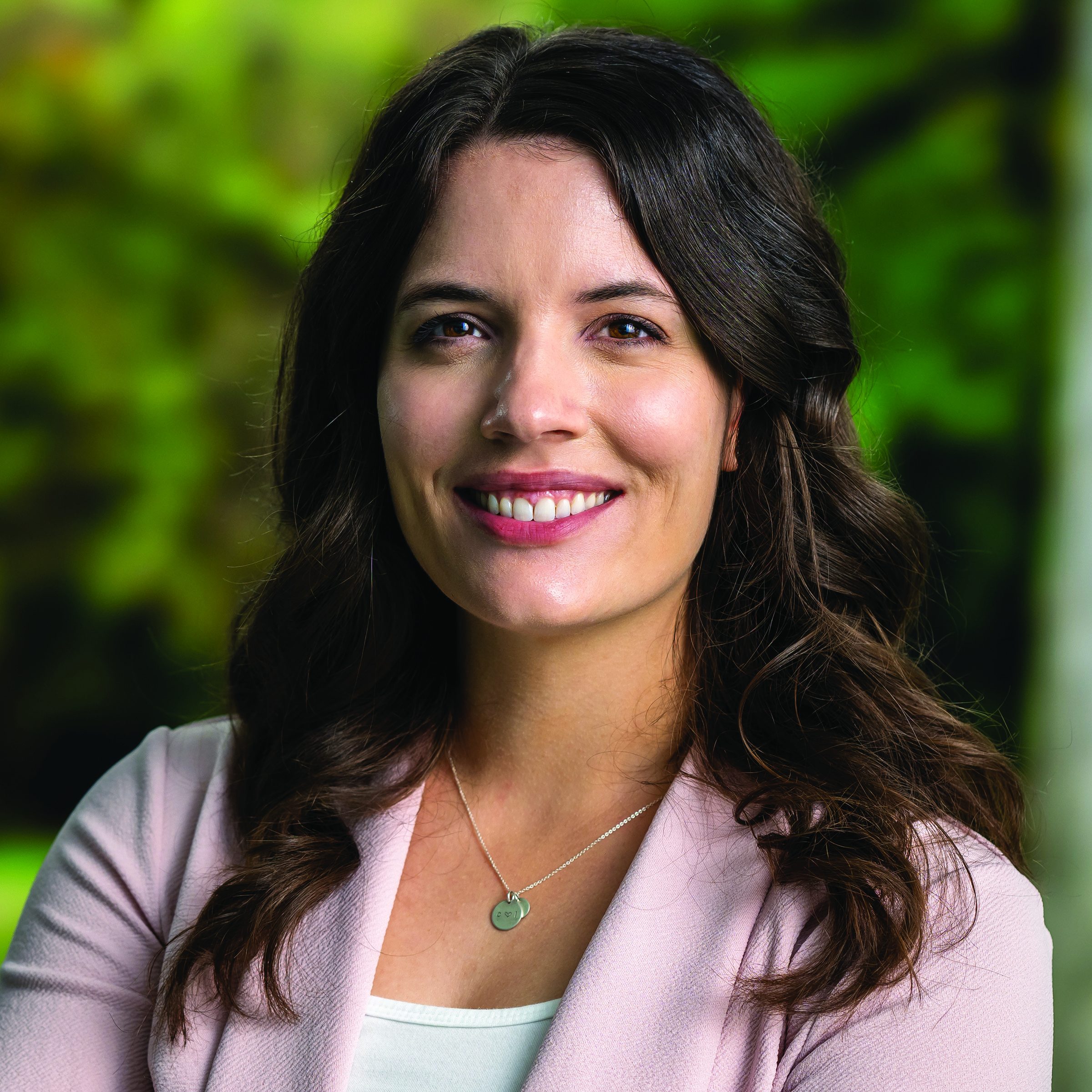How to Create a Compelling Highlight Reel (aka Résumé)
Fall
2023
Feature
How to Create a Compelling Highlight Reel (aka Résumé)
Kendra Redmond, Editor (as the interviewer)
Q&A with Lindsay Buettner from Argonne National Laboratory
Lindsay Buettner leads the university student programs at Argonne National Lab (ANL). She is a certified professional résumé writer and frequently teaches science students how to write résumés.
Question: What’s the best way to approach writing a résumé?
Answer:
A résumé is a sales pitch highlighting the skills, experience, and accomplishments that make you a great candidate. The goal is simply to create enough interest that the reader wants to know more about you. Think about your résumé as a one-page highlight reel.
People are drawn in by a résumé (or not) in 10 to 15 seconds, so grab their attention. Instead of a template, use tools like bold text, bullet points, action verbs, and keywords to keep the reader’s eyes moving and direct them to key information. Throw English 101 out the window and use sentence fragments. White space is your friend. You can infuse your personality with the stylistic and formatting choices you make, but make sure that someone outside of your field can comprehend most of your résumé within two minutes.
Write yours now, even if you’re not applying for anything yet. You never know when unexpected opportunities will pop up. As you gain new experiences and accomplishments, just add them to your existing résumé—make it a living document.
Question: What should students convey in their résumé?
Answer:
A résumé has a professional summary at the top—a couple of sentences summarizing the rest of the page. This is followed by relevant sections such as education, work experience, research experience, and skills. Think of the sections as puzzle pieces; you can move entire sections up and down based on what's most relevant to individual programs or positions.
You want to highlight your successes in work and academic environments. If you haven’t had relevant jobs or research experiences, that’s okay. Focus on the transferable soft skills (e.g., program management) and technical skills (e.g., Python) that you’ve gained from other experiences. Then demonstrate your impact with quantitative descriptors.
Let’s say you work at a library. It’s tempting to write, “I help people check out books and find resources.” Instead, use numerical details such as “provide customer service to 3,000 patrons” or “cataloged new collection of 1,000 books” to convey a sense of scale and impact.
Question: Should students include their political or religious involvement?
Answer:
Like at the family dinner table, it’s usually good to keep those topics out of your résumé. But if they’re related to an experience or achievement that you’re really proud of, consider these questions before you decide:
- Do I feel so strongly about this that I'm okay with not getting selected because of it?
- Does the graduate school feel strongly about this?
Question: What common mistakes do you see in student résumés?
Answer:
Sometimes students think their résumé should be chronological, but you're really streamlining a highlight reel. Make sure that your biggest accomplishments are at the top of the page.
I also see students describe their job or academic program instead of what they accomplished or learned there. Focus on what you achieved, the transferable skills you strengthened, and how that experience prepared you to take this next step.
Question: What is your best résumé advice?
Answer:
Don’t undersell yourself or downplay your achievements. Avoid words like “only,” “just,” and “basic understanding.” I get it. Imposter syndrome is at its peak when you're applying to graduate school or your first research internship. But every scientist has started out exactly where you are now. Be proud of what you’ve accomplished!
Responses have been edited for length and clarity.

